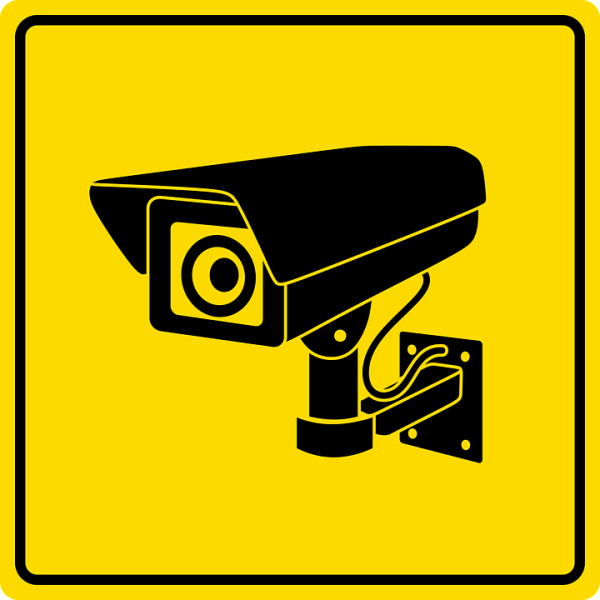10 January 2018

Integrating existing visual data, such as CCTV footage, with the Internet of Things, Big Data, cloud and analytics will create a new ‘VIoT’.
Millions of hours of visual data captured in the UK every day are being wasted because businesses are failing to use or even look at their CCTV footage, says Cloudview.
According to the company – which claims to run the world’s first enterprise grade cloud-based video system – there are currently around 8.2 million surveillance cameras across the country producing 10.3PB of visual data every hour.
Cloudview believes most of this footage is stored locally and never looked at.
But by consolidating it in a cloud infrastructure and combining it with other static or dynamic data sets, such as grid references and weather information, Cloudview says the footage could provide clear visual insights into what is happening, why and what might happen next.
The firm reckons integrating existing visual data with the IoT, Big Data, cloud and analytics will create a new ‘Visual Internet of Things’. It says VIoT applications could range from speeding up the response to motorway accidents and managing city parking, to working with passenger flows in transport hubs, caring for vulnerable people, and helping to sell products and services.
Cloudview co-founder and chief executive James Wickes predicts that the VIoT will be central to many of the developments that will touch our lives and points out that this is already proving to be the case.
“When you check in at an airport, a reader scans your boarding pass and a camera scans your face. Without the visual data that the camera captures, the system would be much less effective.
“Most visual data, however, is currently collected for a single purpose, and the vast majority is in effect wasted because it is never even looked at. Combining it with other IoT data streams and adding analytics would make it immensely valuable.”
Cloudview’s James Wickes says the benefit of creating the VIoT is a “no-brainer”.
“We are only just beginning to understand the potential of this data but, as sight is our most powerful sense, the benefit of integrating visual information with other IoT data streams is a no-brainer,” says Wickes.
“Devices and systems need to ‘see’ what we see and respond accordingly, and using data from some of the UK’s millions of surveillance cameras is a good place to start.”
In terms of privacy, he says the right analytical software enables automatic decisions to be made without human involvement, while the General Data Protection Regulation (GDPR) provides additional protection.










